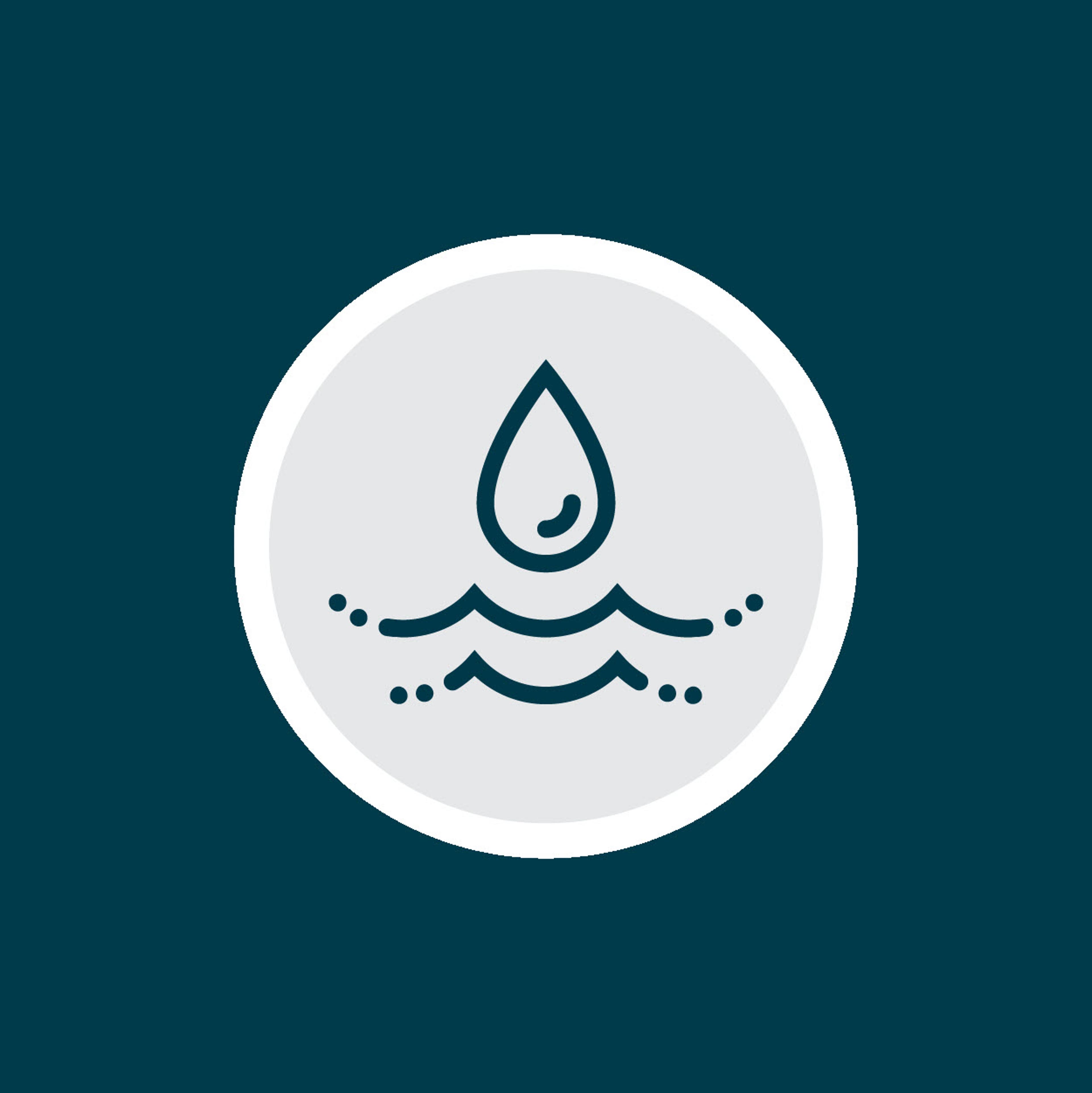
How do pumping stations work?
- Sewage pumping stations pump all wastewater to treatment plants at Ánanaust and Klettagarðar under normal conditions.
- Overflow pumps are activated during heavy rainfall, sending diluted sewage out to sea. If the equipment stops, emergency valves open, releasing all sewage just beyond the shoreline. These emergency valves are designed to prevent sewage from flooding people's homes if the pumping stations fail.
- The drainage system is designed to direct sewage into the sea rather than into people's homes in case of malfunction.
Under normal circumstances, the stations can handle the sewage flow. during heavy rainfall, the stations might not cope with the increased water. Then the overflow pumps kick in, discharging the excess diluted sewage about 200 meters out to sea.
Where are the pumping stations located?
The pumping stations are located along the coastline, they transport sewage to the treatment plants at Ánanaust and Klettagarðar. From there, the sewage is treated and pumped about 4 kilometers out into Faxaflói.
What is in the sewage?
The sewage system carries everything that is flushed down toilets, water from showers, baths, sinks, washing machines, and other household appliances that use hot or cold water. A big portion of the sewage is geothermal water used for heating homes, which makes the sewage here different from most other countries.
Is all sewage within the Reykjavík area collected for central sewage treatment?
According to Veitur's sewage system staff, the amount of sewage within the urban area of Reykjavík that is not collected for central treatment is estimated to be at least less than 1%.
How much pollution is caused by untreated sewage being discharged into the sea?
Several factors influence the pollution from sewage discharged into the sea. The amount of sewage, the duration of the discharge, the degree to which the sewage is mixed with geothermal and surface water, as well as weather conditions and ocean currents, all play a role in determining the level of
How long can pollution be expected to last?
Sewage related bacteria multiply poorly or not at all in water. Sunlight breaks down fecal bacteria, so we expect fecal contamination to decrease rapidly once detected. So weather conditions also affect how long the contamination is.
The lifespan of fecal coliform bacteria is estimated in hours. It is measured by the time it takes for 90% of the bacteria to die (T90).
Who notifies when untreated sewage is discharged into the sea?
We at Veitur send notifications to the Reykjavík Health Inspection Authority when sewage is discharged into the sea from our pump stations. The status of emergency valves can be monitored through the sewage system viewer, and we also post notifications on our website.
The Reykjavík Health Inspection Authority is responsible for monitoring pollution in coastal waters. Their measurement results can be found here.
If the Reykjavík Health Inspection Authority's measurements indicate a potential health risk due to pollution, they issue warnings.
Life span of E.coli per month
Life span of E. coli per season
MONTH LIFE SPAN OF E. COLI T90 January 9 hours February 8 hours March 5 hours April 4 hours May 3 hours June 1 hours July 2 hours August 3 hours September 5 hours October 8 hours November 9 hours December 10 hours Source: Vatnaskil consulting engineering company 1991, 1992, 1994, 1996, 1999